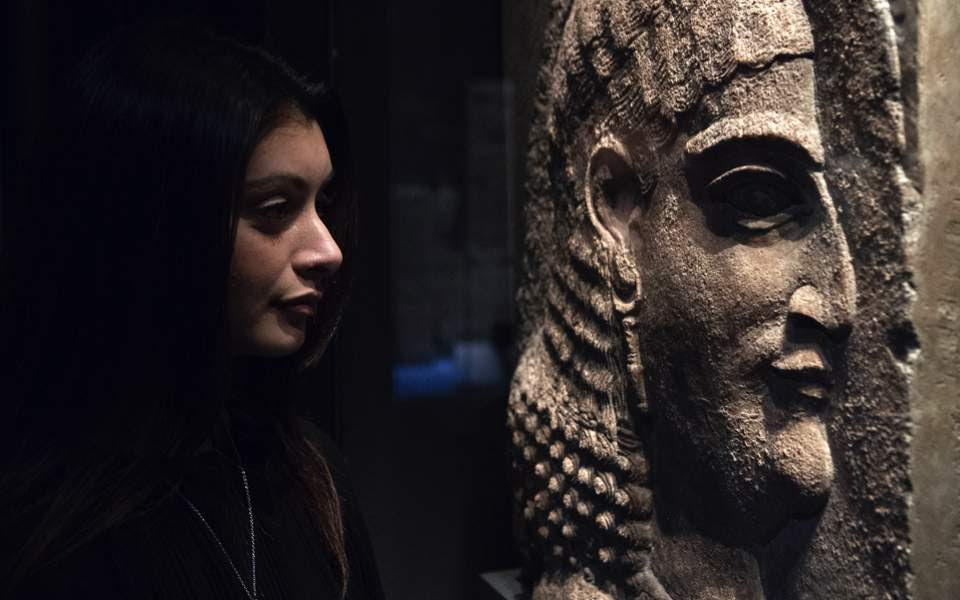Further linking Esarhaddon, Ashurbanipal

by Damien F. Mackey “… there is a clear parallel between the Inscription of Esarhaddon and a text of Assurbanipal [who] … says that he has brought the peoples that live in the sea and those that inhabit the high mountains under his yoke, and this reference, as we understand it, is very like Esarhaddon’s text, since it is also “a general summary”.” Arcadio Del Castillo and Julia Montenegro Why this particularly interests me is due to my identification of Esarhaddon and Ashurbanipal as one and the same king, as well as being alter egos of the mighty Nebuchednezzar: Aligning Neo-Babylonia with Book of Daniel. Part Two: Merging late neo-Assyrians with Chaldeans https://www.academia.edu/38330399/Aligning_Neo-Babylonia_with_Book_of_Daniel._Part_Two_Merging_late_neo-Assyrians_with_Chaldeans Arcadio Del Castillo and Julia Montenegro have made a valian...